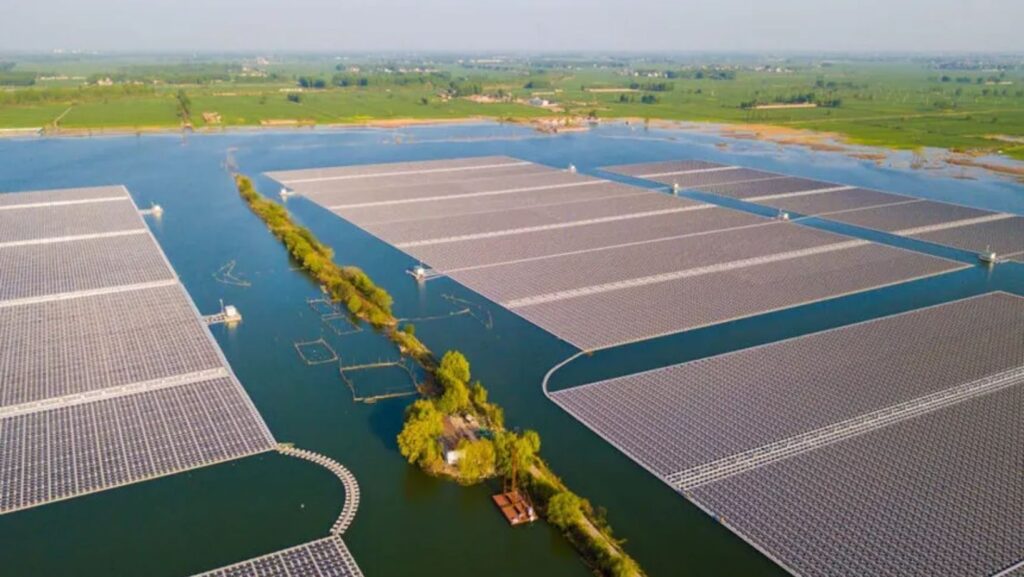Across the countryside, a quiet revolution is taking place as farmers discover innovative ways to make their solar panels more profitable. By combining solar power with blockchain technology and taking advantage of fluctuations in Dogecoin price, agricultural businesses are finding new opportunities to earn money while continuing their traditional farming operations. This fresh approach is transforming how farms use clean energy and handle their finances.
The Challenge of Farm Energy
Many farmers face a common problem: rising electricity costs. Running a modern farm requires significant power for equipment, irrigation systems, and storage facilities. While solar panels help reduce these costs, farms often generate more electricity than they can use, especially during peak sunny periods.
“The extra power was just going back to the grid for minimal credit,” explains a midwest farmer with 200 acres of cropland. “We knew there had to be a better way to use all this surplus energy we were producing.”
Understanding Blockchain and Solar Power
While blockchain technology might sound complex, it works like a digital record book that everyone can see, but nobody can alter it without everyone else knowing. This technology is revolutionizing how farms use solar power in three key ways:
- First, farmers can now sell their excess solar power directly to nearby homes and businesses. Instead of returning surplus power to the utility company for a small credit, they can set competitive prices and sell directly to their neighbors. The blockchain system automatically tracks all these energy exchanges and ensures accurate payments. Ensure to get proper energy quote with the help of Business Energy Comparison.
- Second, the technology creates special certificates proving that clean energy was produced. These “green certificates” can be sold to companies wanting to demonstrate their environmental commitment. This means farmers can earn from both the electricity they generate and the ecological benefits it provides.
- Third, surplus solar power can be used to run specialized computers that help manage blockchain networks. This process, known as “mining,” transforms sunshine into digital assets that can be saved or sold.
Success Stories from the Field
A family farm in California’s Central Valley demonstrates the potential of this approach. After installing solar panels and connecting them to a blockchain system, their monthly energy earnings increased by 30% compared to traditional power company credits. The farm owners appreciate that their excess power now directly benefits their local community.
This success isn’t isolated. Over 500 farms throughout the United States have adopted blockchain systems for their solar installations. These agricultural businesses report additional monthly earnings between $400 and $1,200, with variations based on their system size and geographic location.
Simple Steps to Get Started
Despite the sophisticated technology involved, getting started doesn’t require extensive technical knowledge. Several companies now provide complete packages, including:
- Solar panel installation
- Blockchain connection equipment
- User-friendly apps for monitoring power production and earnings
- Ongoing technical support
“The system practically runs itself,” reports a dairy farmer from Wisconsin.

“We check our earnings on a smartphone app, just like a regular bank account. The technical aspects are all handled by the service provider.”
The Growing Potential
As this combination of solar power and blockchain technology matures, its adoption continues to accelerate. Farmers are discovering new revenue streams from their land beyond traditional agricultural products.
Agricultural technology experts predict even more opportunities as blockchain technology advances and demand for clean energy grows. Some innovative farmers are forming energy cooperatives, working together to sell their solar power. This cooperation gives them stronger negotiation positions and more reliable income streams.
Starting Your Solar Blockchain Journey
For farms considering this technology, experts recommend these initial steps:
- Request a professional solar assessment to evaluate your farm’s potential
- Connect with other agricultural operations already using blockchain solar systems
- Research and compare different service providers
- Investigate available government incentives and support programs
- Begin with a modest system that can be expanded later
Financial and Environmental Benefits
The combination of solar power and blockchain creates multiple benefits for agricultural operations. Beyond reducing electricity costs, farms can:
- Generate steady monthly income from excess power
- Earn additional revenue through green certificates
- Support local energy independence
- Reduce their environmental impact
- Create new revenue streams without affecting existing operations
Looking Ahead
The agricultural industry is witnessing a significant transformation as more farms harvest both crops and sunshine. A Midwest grain farmer reflects on the change: “Solar panels with blockchain technology give us predictable monthly income, regardless of weather conditions or crop prices. It’s like having an extra harvest every month of the year.”
The future of farming increasingly includes technology that can turn sunshine into both power and profit. This shift doesn’t replace traditional farming but adds a new dimension to agricultural business models. For many farms, this future isn’t just a possibility – it’s already generating reliable income through the innovative combination of solar panels and blockchain technology.
Conclusion
As energy costs continue to rise and environmental concerns grow, more farms are likely to explore this opportunity.

The technology offers a practical way to increase farm income while contributing to a more sustainable future. By combining ancient agricultural traditions with cutting-edge technology, farms are finding new ways to thrive in the modern economy.

